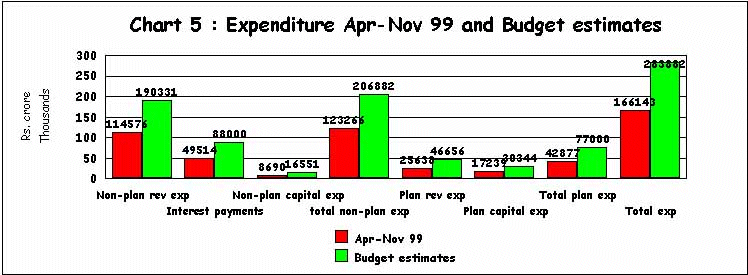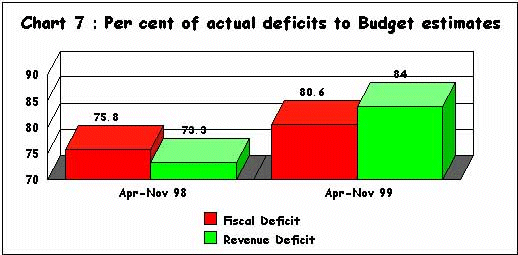|
The inability of the government to manage
to receive the taxes that it has planned on receiving
has to do as much with false expectations as with the
political lack of determination to enforce tax payment
and punish tax evasion. The Budget estimates themselves
were substantially based on assumptions of tax buoyancy
which were not justified and have not been realised.
One
of the more prominent fiscal myths of our time is the
idea that lower tax rates necessarily encourage better
compliance. It should be obvious that this is so only
when the costs of non-compliance are high, or at the
very least non-negligible. However, if it is possible
to evade taxes on certain portions of income completely
with relatively low risk of any penalty, then it is
difficult to see how paying taxes even at a lower rate
becomes more attractive. And since there have been no
really serious and plausible efforts at better enforcement,
it is not surprising that tax revenues themselves have
not shown the expected buoyancy.
But even so, this discrepancy between
Budgeted and actual tax outcomes obviously reflects
more than mere ineptitude or lack of political will
on the part of the government, although these are of
course important. Low tax receipts are a typical feature
of recessionary economic situations, and it is usually
the case when the economy is experiencing a lower level
of economic activity than expected, that tax collections
will fall below target. In such situations, along with
more serious effort at tax compliance, the effort should
be to direct policy towards alleviating the recession,
so that tax collections similarly can increase.
Instead, the government seems to have been far more
focused on the problem of containing a fiscal deficit
which threatens to balloon because of inadequate revenues
generated so far. "Fiscal discipline", such
as it is, seems to be entirely confined to certain parts
of the Expenditure side of the Budget. Therefore, the
government has been much more concerned with reducing
its own expenditures, including its more productive
ones.
One
of the remarkable - and more depressing - features of
the fiscal experience of the previous year was the extent
of shortfall in various types of crucial plan expenditure
by the Central Government. The gap between planned and
actual spending was especially large in major areas
like agriculture and rural development, power, transport
and other infrastructure. This pattern seems about to
be repeated in the current fiscal year as well.

Chart
5 >> Click
to Enlarge
As
shown in Chart 5, there remains a large gap between
actual spending so far and the Budget provisions. After
two-thirds of the financial year was over, only just
over half the budgeted amount had been spent in most
areas. The smallest gaps, perhaps predictably, were
in interest payments and non-plan revenue expenditure
- that is, precisely the areas which are least effective
or important from the point of view of growth and development
potential.
Despite this excessive zeal on the part of the government
to curtail its own expenditure, including such expenditure
as has a direct bearing on future growth and current
welfare of the citizens, the deficits which it is apparently
bent on curbing show no signs of being controlled. Chart
6 plots the various deficits already achieved, as well
as the Budget projections.

Chart
6 >> Click
to Enlarge
The fiscal deficit had already exceeded 80 per cent
of its overall annual target by November 1999, while
the revenue deficit had reached 84 per cent of the Budget
projection. The starkest discrepancy is evident for
the primary deficit (that is, minus interest payments)
which was expected to be negative (that is, the primary
budgetary account was meant to be in surplus) to the
tune of around Rs. 8,000 crore. Instead, it is already
in deficit of almost Rs. 15,000 crore.
This excess of actual deficits in relation to Budget
targets is even higher than for the corresponding period
in the previous year, as Chart 7 suggests. The previous
year was notable for the extent to which the deficits
increased out of all proportion to the Budget estimates,
but the data so far indicate that this record may even
be exceeded in the current year.

Chart
7 >> Click
to Enlarge
|

